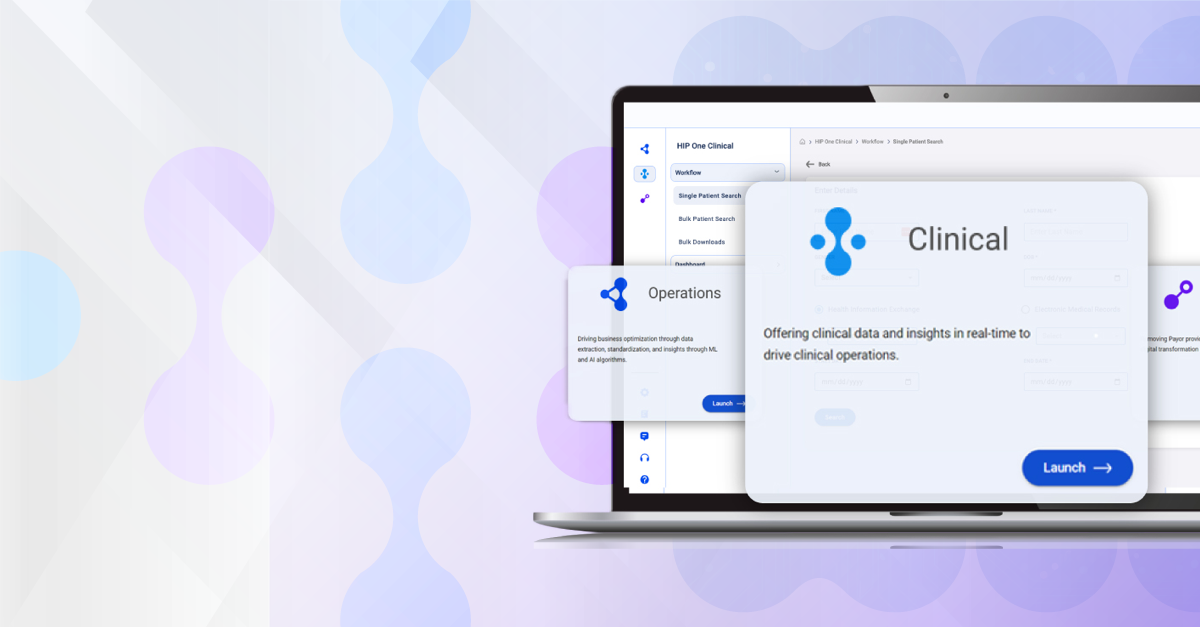In the rapidly evolving landscape of healthcare data analytics, the need for efficient and accurate data extraction is paramount. While automation and machine learning algorithms have made significant strides in data extraction, the role of human expertise remains indispensable.
In this blog, we will explore the importance of human-in-the-loop healthcare data extraction and how it combines the power of technology with human intelligence to optimize outcomes and ensure data integrity.
Ensuring Data Accuracy and Quality
Human-in-the-loop healthcare data extraction provides an added layer of validation and verification. Trained experts review the extracted data to ensure its accuracy, completeness, and adherence to standards. They can identify nuances, contextual information, and anomalies that automated processes might miss. Human reviewers play a crucial role in resolving ambiguity, correcting errors, and maintaining data integrity, ultimately leading to more reliable and trustworthy insights.
Handling Complex and Unstructured Data
Healthcare data is diverse and often unstructured, consisting of clinical notes, imaging reports, and other free-text formats. Extracting valuable information from such data requires human expertise. Trained professionals can understand the context, interpret medical terminology, and extract relevant data points accurately. Their involvement ensures the extraction process is tailored to the unique characteristics of healthcare data, which can be highly nuanced and multidimensional.
Continuous Learning and Improvement
Human-in-the-loop extraction establishes a feedback loop for continuous learning and improvement. As human reviewers validate and correct extracted data, they contribute to the training and refinement of machine learning algorithms. These algorithms can then gradually improve their accuracy and efficiency, reducing the need for human intervention over time. The collaboration between humans and machines fosters a symbiotic relationship, leveraging the strengths of each to achieve optimal results.
Conclusion
Healthcare data extraction with a human-in-the-loop approach strikes a balance between the power of automation and the expertise of human reviewers. By combining technology with human intelligence, organizations can ensure data accuracy, handle complex cases, adapt to evolving regulations, and continuously improve the extraction process. This collaborative approach empowers healthcare organizations to unlock the full potential of their data while maintaining the highest standards of quality, compliance, and patient privacy. As healthcare data continues to grow in complexity and volume, the human-in-the-loop approach becomes an indispensable component in extracting meaningful insights and driving positive outcomes in the healthcare industry.



